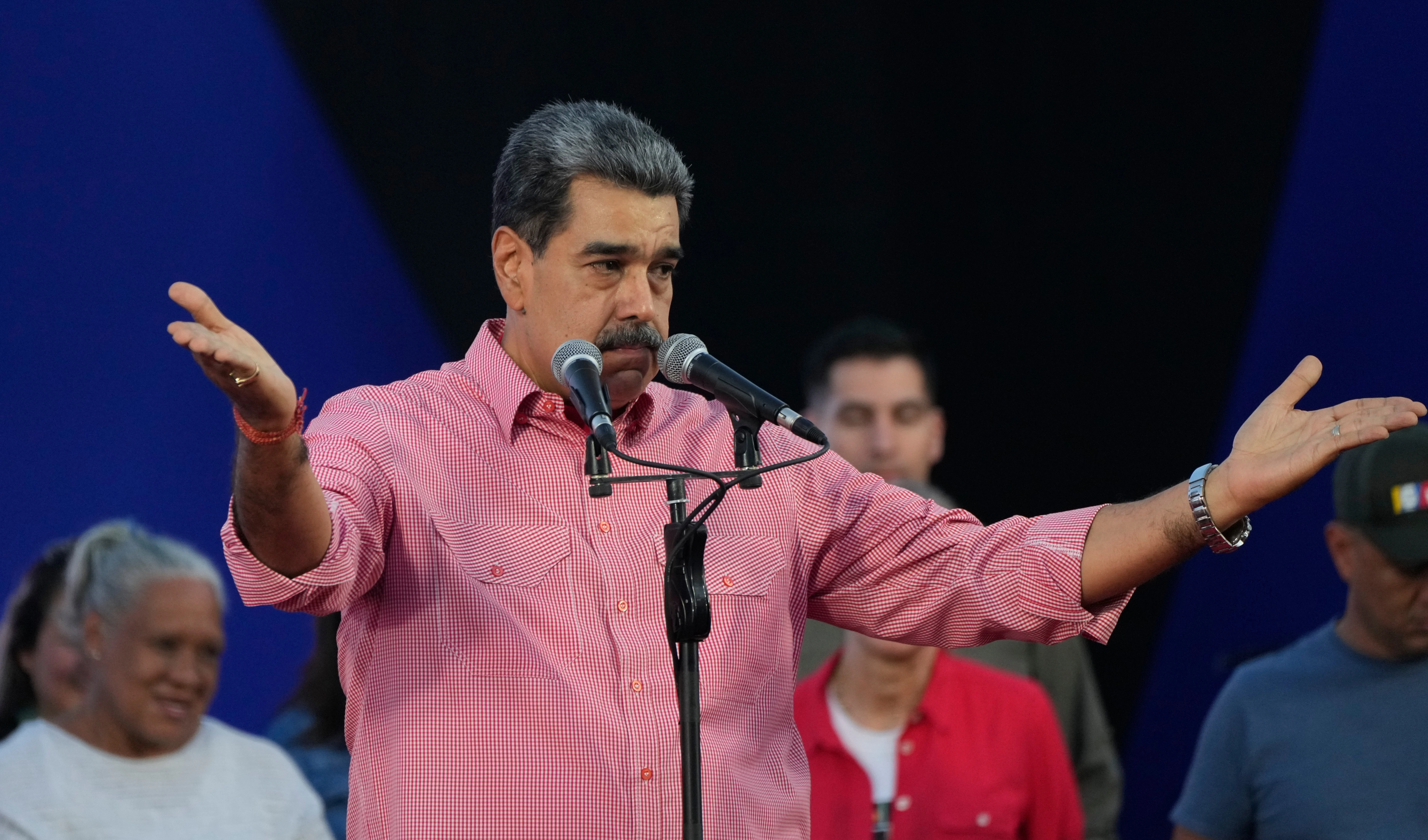Geology trumps US firepower in failed strike on Iran’s Fordow
The Pentagon’s confidence in bunker-busting precision met a sobering reality at Fordow, where Iran’s mountain defenses rendered high-tech firepower ineffective.
-

New satellite images from Maxar confirm the impact of Israeli airstrikes near Iran’s Fordow nuclear site (Maxar Technologies)
In a detailed report by renowned NPR senior editor and science correspondent Geoff Brumfiel, the Pentagon’s messaging ahead of Sunday’s predawn airstrike on Iran’s Fordow nuclear facility appeared unequivocal: the United States had the technological edge to penetrate even the most fortified targets.
Widely circulated infographics depicted the GBU-57 Massive Ordnance Penetrator, a 30,000-pound “bunker buster”, plunging from a B-2 bomber, slicing through layers of rock, and detonating inside a fortified mountainside.
Yet, as Brumfiel writes, the operation, touted as one of the most ambitious US bombing campaigns in recent memory, may not have achieved its intended outcome. The Fordow site, buried beneath nearly 300 feet of dense rock, endured the attack because of the geological resilience of the mountain itself.
Fordow is Iran’s most heavily fortified uranium enrichment site, buried beneath a mountain outside Qom. It has long been considered one of the most difficult targets for US or Israeli forces, and only the GBU-57, a weapon developed specifically for such scenarios, was believed capable of reaching it.
Yet according to a classified assessment by the Defense Intelligence Agency (DIA), the bomb failed to “obliterate” Fordow, despite President Donald Trump’s claim to the contrary. A US official, speaking to NPR on condition of anonymity, confirmed that the site suffered only “limited damage,” setting back Iran’s nuclear activities by just a few months.
The White House quickly rejected the leaked assessment. “The leaking of this alleged assessment is a clear attempt to demean President Trump,” said White House Press Secretary Karoline Leavitt in a post on X. “Everyone knows what happens when you drop fourteen 30,000 pound bombs perfectly on their targets: total obliteration.”
But physics tells a more complicated story. Even the world’s most advanced bunker busters have limitations, particularly when confronted with solid rock, according to Brumfiel.
Math and mountain mechanics
The GBU-57 was designed to crack deeply buried targets. But as experts have long warned, its real-world performance depends on multiple factors: bomb velocity, soil density, and most crucially, the geology of the target.
“It depends enormously on the kind of rock,” said Raymond Jeanloz, a geophysicist at UC Berkeley and contributor to a 2005 National Academies study on earth-penetrating weapons.
According to that study, a GBU-57 could penetrate up to 262 feet in soft materials like silty clay. But in denser, fractured rock, typical of Fordow’s mountainside, the effective depth drops to around 25 feet. That’s a fraction of what would be needed to reach Fordow’s centrifuges, estimated to be buried beneath nearly 300 feet of bedrock.
Natural variations or fractures in the rock further complicate penetration. “If there are fractures or gaps,” Jeanloz told NPR, “that can deflect the trajectory or disperse the bomb’s energy, reducing impact.”
Shockwaves, not structural failure
Satellite imagery from June 22 showed surface craters near the Fordow site, likely impact points for the GBU-57s. Reports suggest the US dropped the bombs in tandem: one to fracture the rock, the next to follow through. Some strikes appeared aimed at the facility’s ventilation systems, possibly seen as a vulnerability.
The strikes certainly delivered a jolt. But shockwaves in rock diminish rapidly, and Fordow’s deep-buried location beneath a ridgeline appears to have blunted the force of the blasts.
“The mountain acts like a shock absorber,” Jeanloz stressed, adding that Fordow’s position offers maximum geological shielding.
A familiar lesson: nature beats tech
The US explored even more extreme options in the past. After 9/11, it briefly considered developing a nuclear earth-penetrator, the Robust Nuclear Earth Penetrator, only to abandon the idea due to concerns over containing fallout. Even then, the basic math was clear: it’s easier and cheaper to dig deeper than to blast through solid earth.
As Jeanloz put it in 2005, and reiterated this week, “It’s cheaper and easier for someone to dig deeper than it is to penetrate through that depth.”
The Fordow strike, while symbolically bold, may be remembered less for what it destroyed than for what it revealed. Despite America's unmatched military capabilities, the mission was ultimately limited not by adversarial strength or strategic error, but by geology.
"Geology, it turns out, may have foiled one of the most audacious American air operations in recent memory," Brumfiel concluded.

 4 Min Read
4 Min Read










